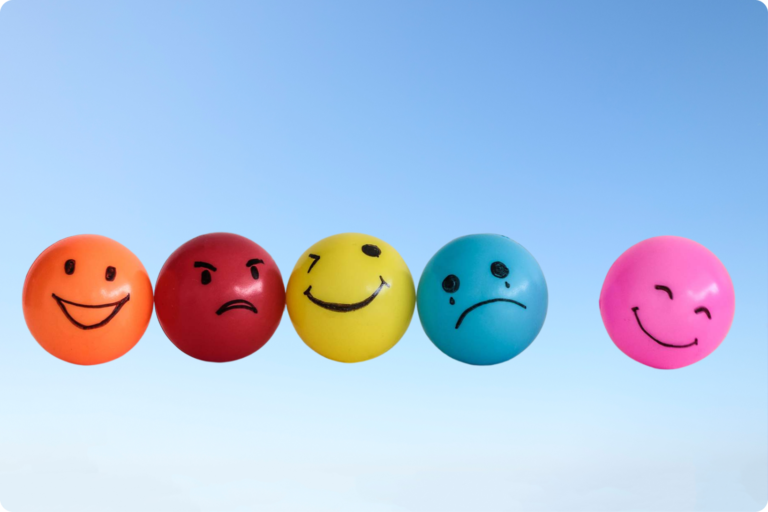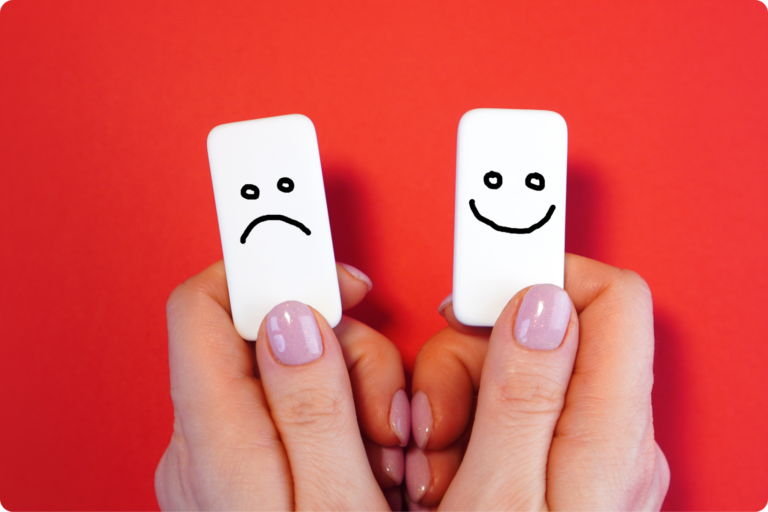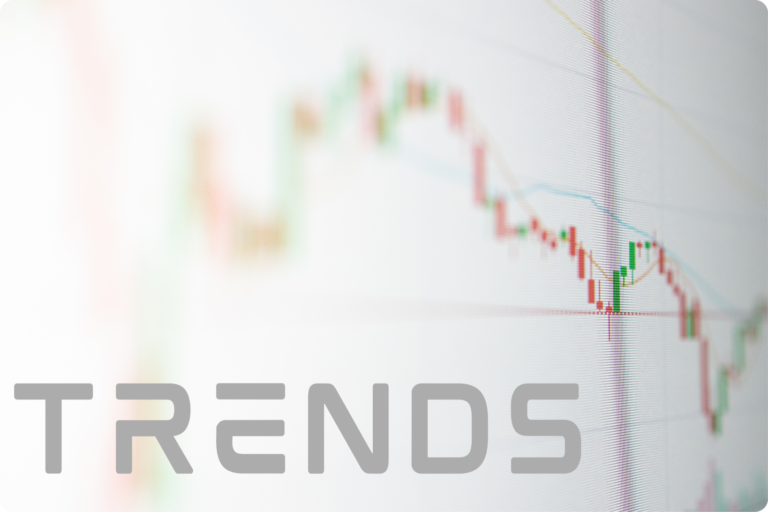
Ever walked into a room and just felt the vibe—whether it’s cheerful or gloomy—without anyone saying a word? That’s exactly what trading sentiment is, except the “room” is the financial markets, and the “people” are traders. Let’s break this down into simple terms.
What Is Trading Sentiment?
Trading sentiment is an overall mood of traders about a market, asset, or currency. It’s like the collective mood swing of investors—are they throwing a party (optimistic and or bullish), or sulking in a corner (pessimistic and or bearish) or is there no obvious mood and sentiment?
For example, in December 2022, the Ghanaian Ccedi pulled off a surprise comeback against the US Dollar. Earlier that year, the Dollar was bossing it around like a playground bully, more than doubling in value, rising from 6.10 Cedis to a jaw-dropping 13.98 Cedis. But in December, the Cedi hit the gym ( the International Monetary Fund – IMF handed the Ghanaian Government a loan promise) and flexed its muscles, climbing to 9.75 Cedis per Dollar. The market vibes changed because people believed more Dollars would flow in, making Cedis cooler to hold onto.

Two Faces of Trading Sentiment
Bullish Sentiment (The Party Mood)
Think of bullish sentiment like a big AI tech rave — everyone is hyped everyone is hyped about the future, even if they haven’t seen the goods yet. Take Nvidia, for instance. In 2024, with AI booming, traders went wild buying Nvidia stocks because they believed the company would crush it in the AI game.
Or imagine this: Bitcoin jumps from $70,000 to $97,000 in November 2024. Why? Because Donald Trump won the U.S. election, and everyone thought, “This guy loves crypto; we’re going to the moon. moon” That excitement alone pushed Bitcoin prices higher, even before any policies were passed.
Bearish Sentiment (The Pity Party)
Now flip the coin.
Bearish sentiment is like the morning after a bad night out—everything feels like it’s falling apart. Remember when Bitcoin crashed from $61,000 to $17,000 between November 2021 and January 2023? That wasn’t just bad luck. Crypto regulations tightened, shady companies collapsed, and traders freaked out, thinking, “Is this the end of Bitcoin?” So, traders sold their holdings faster than kids grabbing candy on Halloween.

How Do We Measure Sentiment?
If market vibes were a person, they would need therapy—and tools to figure them out.
Here are a few:
- Fear and Greed Index: Think of it like a mood ring for the market. Extreme greed? Everyone’s bullish. Extreme fear? Uh-oh, bearish vibes.
- Commitment of Traders (COT) Report: It’s like sneaking a peek at what big traders and small fish are doing in the futures market.
- Social Media Trends: Twitter, Reddit, and other platforms are the modern-day grapevine. If people are hyped or panicked about something, it often shows here first.
Why Does Sentiment Matter?
Understanding trading sentiment is like having insider gossip at a party:
- Ride the Wave: If everyone’s optimistic (bullish), you might want to ride the trend and buy. If the mood shifts to pessimism (bearish), maybe it’s time to sell or short.
- Spot the Drama: When the market gets too excited or scared, it’s often a sign things could swing the other way.
- Make Smarter Moves: Knowing the mood helps you avoid being a sheep following the crowd and make more informed decisions.
Final Thoughts
Trading sentiment is the market’s heartbeat—it tells you how people feel, but like any mood, it can be unpredictable. Use it wisely, mix it with solid analysis, and don’t let emotions alone drive your decisions. Because while the market might love a good vibe check, smart strategies and good risk management always win the day!